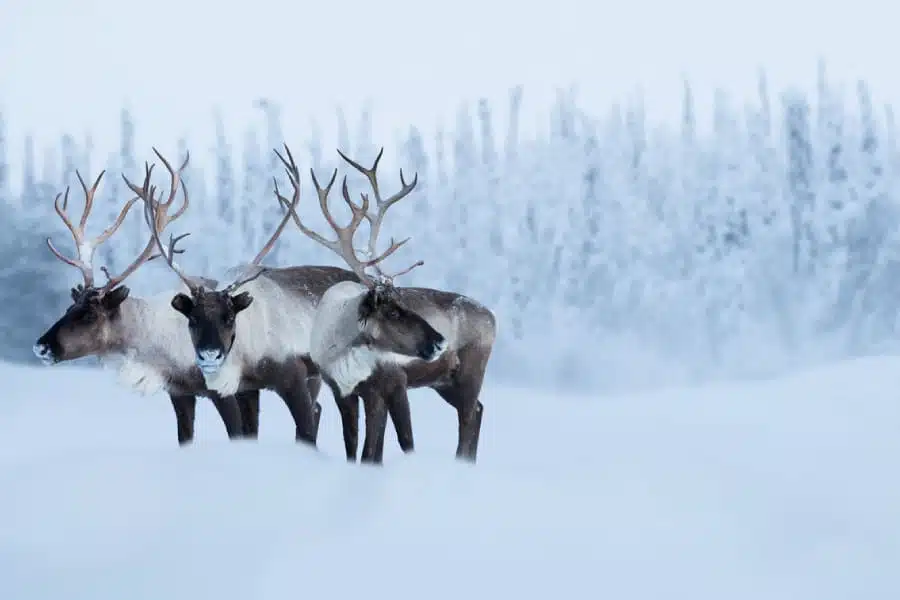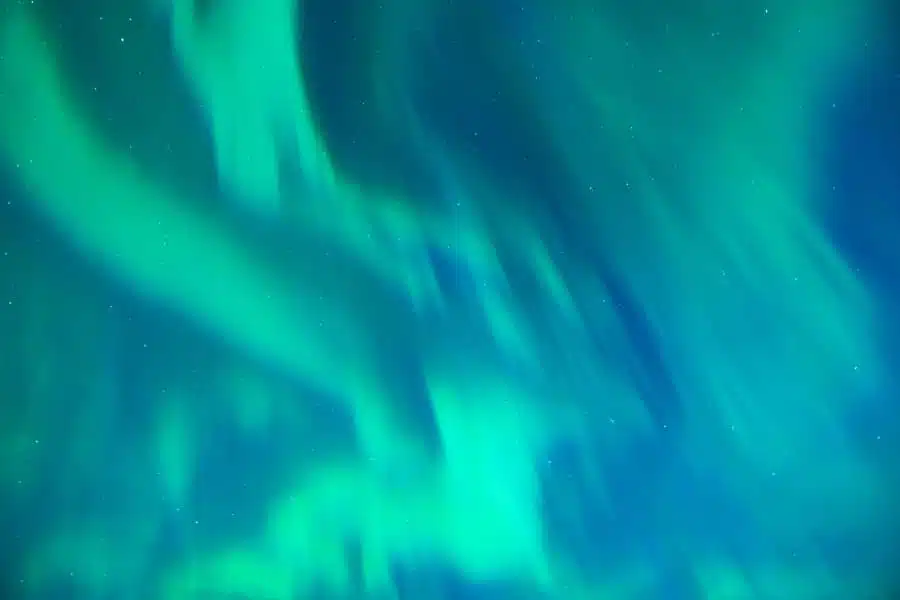Meet the Sami
Cécile Manet, a naturalist guide with a passion for history, has been travelling the world with PONANT for many years. She lived in the Nordic countries where she met the Sami people and discovered their culture and traditions. She tells us more about this fascinating people, who have adapted to life around the Arctic Circle in Norway, Sweden, Finland and the Kola Peninsula in Russia.
What is the Sami way of life?
All their daily life revolves around the reindeer, as the seasons change. In the beginning, these were nomadic people who followed the reindeer migration. Today, most of them are sedentary and live in small villages of a few thousand inhabitants. Farmers have houses on the outskirts and their land can be very large. Children are taught to use lassoes from an early age to catch and mark reindeer calves, as the herders need to be able to recognise which ones belong to them and which ones belong to their neighbours. During the Christmas period, some families welcome visitors and take the children for reindeer rides.

What other aspects of their traditional culture remain?
With the skins, they continue to make clothes, for example, warm shoes called nutukat in Finland, on the inside, where no socks are inserted, but a kind of dry straw. Their traditional costumes are very colourful. There is always a lot of blue, red, green and yellow, bright colours that can be seen on the Sami flag. The belts are enormous, so they can hang everything they use on them… Notably, the knife, a tool that has countless uses, or the kuksa, i.e. the wooden cup, in which hot or cold drinks can be put and which is unbreakable because it is made of birch burl, a very resistant material. The patterns on the belt can indicate whether the person is single or not. Their costumes are very important to them, they are very beautiful and very expensive. Generally, they are made of felt, a rather heavy material.
How many reindeer do herders own on average?
This is THE question that cannot be asked, even though visitors are often tempted to. It’s like asking me how much money I have in my bank account: it’s not done.
The hat of the four winds
The hat of the four winds is the Sami hat: each string represents each wind. All Sami have one. Some put their matches, cigarettes and tobacco in them, as it is very dry inside these hats!
Is there a real sense of community between the different breeders?
Yes, they work in families. All herders in the same area gather their reindeer at the same time: they had better get along well! At this point, they bring the reindeer into the centre of a huge pen and then separate them according to their affiliation into different pens which are placed, like petals, all around the centre.
If you share a meal with a Sami, does it necessarily contain reindeer?
Very often! The traditional dish contains mashed potatoes in the middle of sliced reindeer, served with gherkins and cranberries. There is also reindeer soup. There are many different ways to prepare reindeer, which are all equally tasty… It’s very good! It’s game, so it’s meat with a flavour that’s more or less strong depending on how it’s cooked.
Are the Sami animistic?
Yes, they believe in spirits. For example, the early Sámi did not know about weather phenomena, so the aurora borealis represents the fire fox tail for them. When you look at these natural phenomena, you’d think it was natural for these people to believe in spirits… Everything – a tree, a reindeer, a rock, a river – has a spirit. This is ever present in their songs. You should always respect nature, because for everything you do, nature will pay you back – good or bad.

Nature’s song
The joik, the traditional Sami songs are quite similar in all the Nordic countries, and are almost exclusively about nature: about the reindeer, about man’s relationship with nature, and sometimes about the feelings that men can have when they are from nature. The songs are accompanied by instruments, usually some sorts of drums, stretched reindeer skin on which they use some sort of sticks… It’s a spellbinding music.
How do they preserve their culture?
For some years now, there has been a Sámi parliament, based in Inari, which is genuinely trying to defend the Sami rights and territories, trying to recover some of them, in particular to allow reindeer migration. There is a lot of respect for beliefs and for the elders. Today, we see more and more music groups emerging. Young people gather around Norwegian or Finnish Sami-speaking hard rock or trash bands. In Finnish Lapland there are places where signs are posted in two languages: Finnish and Sami. They are languages that must be saved, otherwise they will be lost.
Photos credits : ©IStock / ©Studio PONANT/Adrian Freyermuth

PONANT takes you there
Meet the peoples of the Far North



